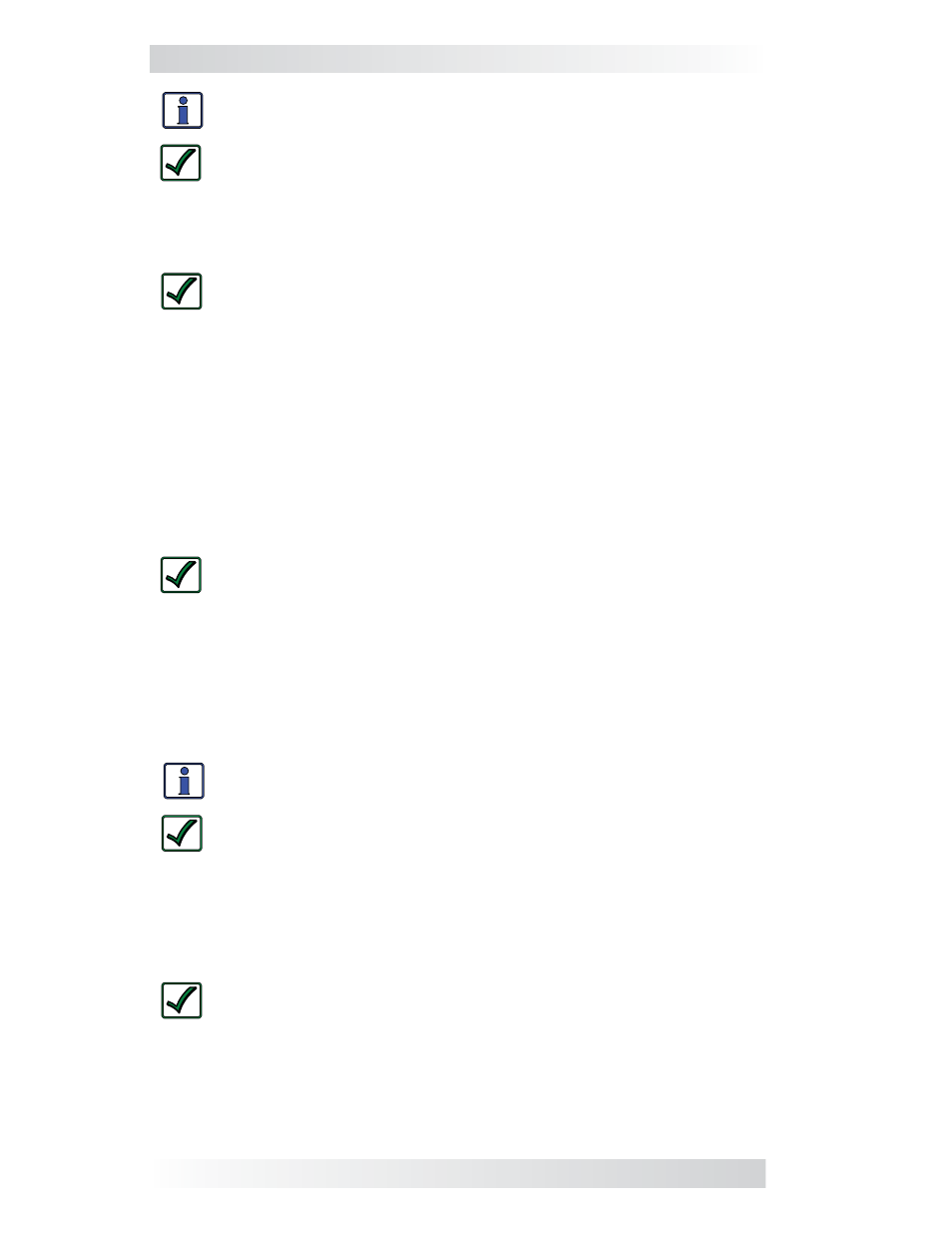0 operation – Magnum Energy ME-ARC Remote User Manual
Page 64

58
© 2012 Magnum Energy, Inc.
5.0 Operation
Info: This fault can occur whether the inverter is “inverting”, “search-
ing” or “off”.
Remedy: This fault usually occurs when an external DC charging
source is charging the inverter’s battery bank. Turn off any other
additional charging source to allow the DC voltage level to drop.
•
High Battery Temperature – This fault message indicates the inverter/
charger has shut down because the Battery Temperature Sensor (BTS) has
reached a temperature greater than 54°C/129°F.
Remedy: Once the BTS has cooled down (≤49°C/120°F) it auto-
matically restarts and continues operation. As a precaution, check
the area where the BTS is located; if placed on a battery, ensure
they are not overheated, or that the BTS hasn’t been placed in a
hot area or near a hot device. If neither of these are the issue, then
monitor the Batt Sensor display under the TECH/01 Temperatures
menu—this reading should be above 54°C/129°F. Now remove the
BTS from the inverter BTS port. If the Batt Sensor reading goes to
25°C/77°F, replace the BTS. If the reading does not go to 25°C/77°F,
then inspect the BTS port for cleanliness and/or have the inverter/
charger serviced.
• High
Volts
AC – This fault causes the AC input to be disabled because
a very high AC voltage (>150 VAC or >300 volts for export inverters) has
been detected on the AC input.
Remedy: Remove all AC power from the inverter’s AC input for at
least 15 minutes to clear this fault. Ensure only 120VAC power is
connected to each of the inverter’s AC inputs.
• Low
Battery
– The inverter has turned off to prevent the batteries from
being over-discharged. The fault message displays and the FAULT (red) LED
illuminates when the battery voltage drops below the SETUP menu’s 02B
LBCO Setting for more than one minute. The fault will clear and automatically
the inverter will restart and resume operation when the battery voltage rises
to ≥12.5 VDC (12-volt models), ≥25.0 VDC (24-volt models), or ≥50.0 VDC
(48-volt models).
Info: This fault can only occur if the inverter status is “Inverting”
or “Searching.”
Remedy: This fault will also automatically clear if AC power such as
utility power or a generator is connected to the inverter/charger’s
input and battery charging begins.
• Overcurrent – This fault may be the result of an excessive AC load and
causes the inverter to shut down to protect internal power components. If the
overload condition lasts for less than 10 seconds, the unit automatically restarts
and resumes operation. However, if the overcurrent condition occurs for more
than 10 seconds, the unit will shut down and requires a manual restart.
Remedy: This fault usually occurs because the connected AC loads
are larger than the inverter’s output capacity, there is a wiring short
on the AC output, or the output wires are incorrectly wired. Once
the AC loads are reduced or the output wiring is corrected, manu-
ally restart the inverter to resume operation. If this fault condition
continues perform a inverter reset.
